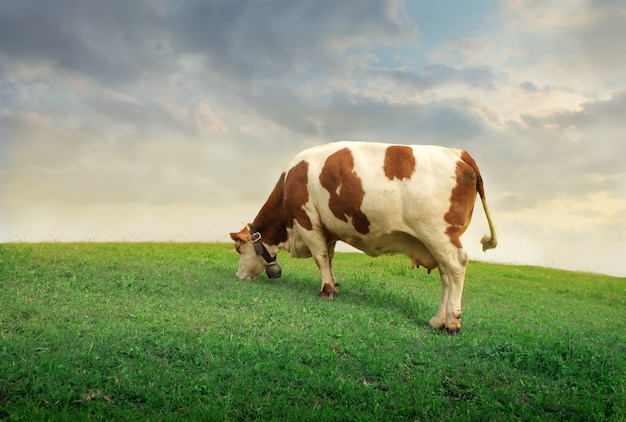
- Photo crop how to#
- Photo crop mac#
Paste Crop to selected items: Adds the copied crop to all selected items.Paste Crop: Adds the copied crop only to the single item being right-clicked.Right-click on a thumbnail with a crop and choose Crop > Copy Crop. Then select other images, right-click them. You can use the contextual menu from a contact sheet. You can copy a crop from one image and reproduce it on another single image or batch of selected images.
Photo crop mac#
Hold down the option key on Mac or Ctrl key on Windows and use the arrow keys to move the crop by ten pixels at a time. Move the crop using modifier-arrows while the Crop tool is active. Preview your crop by either using the "eyeball crop" button in the crop tools or by using the P key to toggle preview on and off. When rotating, you will also see a grid to help you align your crop with the image. When cropping, you can resize crops by dragging on a corner, move the cropped area by dragging inside the selected area, and rotate by dragging outside the selected area. You can find the crop tools in the side panel of the preview window or simply press the C key to toggle the crop cursor on and off. Photo Mechanic applies a non-destructive crop to photos, meaning that the original version of the photo is still available when you export cropped versions.
Photo crop how to#
Do not let image manipulation software replace good science.Solution home Photo Mechanic 6 Contact sheet and preview How to crop photos. Enlarging an image with a small number of pixels can lead to artifacts (see guideline 12). This means that if an image is to be 3.5 inches wide in the journal, it needs to have 1050 pixels. Most journals require a minimum of 300 dots per inch (DPI) for images. Cropping out gel bands that might disagree with the hypothesis being proposed in the paper. Cropping out dead or dying cells, leaving only a healthy looking cell. Questionable forms of cropping would include removing information in a way that changes the context of what remains in the image. Removing a piece of debris from the edge of the image. Trimming “empty” space around the edges of an image. Legitimate reasons for cropping include:. Is the image being cropped to improve its “composition” or to hide something that disagrees with the lab’s favored hypothesis? Scientists should consider their motivation for cropping the image. Cropping an image for a publication figure is usually considered acceptable. Acquiring adequate numbers of representative images of all treatment groups and controls allows the user and their colleagues to carefully review the image data away from the microscope and avoid bias. Scientists must be careful to avoid bias, such as selecting images that represent what they think the results of the experiment “should” look like. The act of selecting a specific area on a sample and the magnification at which to capture the image is a form of cropping. Acquiring scientific images requires us to consider what is important in the sample. 
The reality may be that it was a small group that was crowded together to make it appear in the photo as if there were more people present.

 Example: A tightly cropped image of a political protest can give the impression that there was a large crowd at the event.
Example: A tightly cropped image of a political protest can give the impression that there was a large crowd at the event. 
This can be very useful in art photography, but the same technique used in news or scientific photography has the potential to be misleading.
Photographers have historically cropped images to direct the viewer’s eye to a particular subset of a larger image. Cropping can be used to make an image smaller (in pixels) and/or to change the aspect ration (length to width) of the image. The Crop tool in most image processing programs is used to trim off the outside edges of a digital image. The word Crop can be defined as “to trim” or “cut back”.








 0 kommentar(er)
0 kommentar(er)
